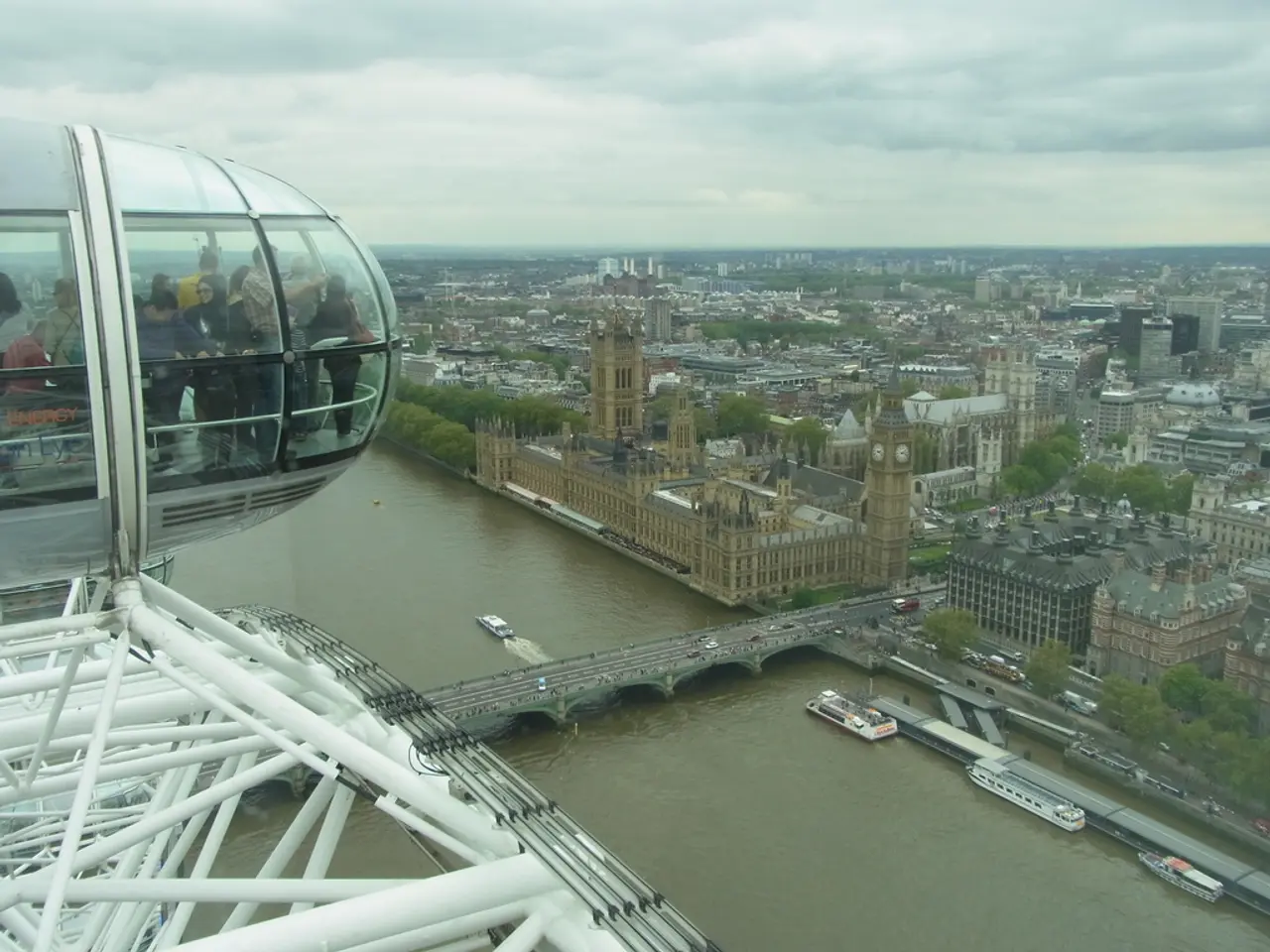Record-breaking surge in private investment for climate change solutions
In a positive development for the global fight against climate change, private investment in renewable energy and climate mitigation has more than doubled from $757 billion in 2018 to an all-time high of $1.78 trillion in 2023. This growth has been primarily driven by investments in clean energy and transport sectors.
According to the Global Landscape of Climate Finance 2025 report by the Climate Policy Initiative (CPI), the focus areas for these investments include grid modernisation, renewable energy, battery technology, and carbon capture. A survey of investors reveals that 39% plan to increase investments specifically in electricity grid modernization, while 34% target renewable energy and clean power over the next couple of years.
Despite this promising growth, significant challenges remain. The investment gap in renewable energy is projected to widen to tens of trillions of dollars over the coming decades, with public finance alone being insufficient to meet these needs. To attract private capital at high leverage rates, innovative financial tools such as guarantees that mitigate risk and enhance creditworthiness are required.
One such initiative is the Emerging Market Climate Investment Compact (EMCIC), which aims to mobilise up to $500 billion in private investment in clean energy and nature-based solutions in emerging markets over ten years by providing risk guarantees.
However, current private investment levels still fall significantly short of the estimated $6 trillion annually needed for climate mitigation by 2030. This implies that intensified policy support and enhanced risk mitigation mechanisms are crucial to bridging the gap and achieving net zero goals.
In advanced economies, investment in buildings and infrastructure, such as energy efficiency and heating, is at risk of stagnation due to higher interest rates and a gradual phase-out of government support. On the other hand, the cost of green technology continues to fall, often offering attractive returns for investors.
The high-profile exits from net zero financial sector alliances have had a limited effect on the investment case for mitigation. The NZI Climate Solutions Summit, scheduled for September 11, 2025, in London, will provide a platform for discussions on these issues and potential solutions.
As we move towards 2025, the climate investment landscape is fraught with uncertainties due to the trade war and shifting priorities of public budgets. However, with the right policies, financial instruments, and cross-border cooperation, it is possible to close the investment gap and accelerate the transition to a low-carbon economy.
- The Global Landscape of Climate Finance 2025 report by the Climate Policy Initiative (CPI) has identified grid modernization, renewable energy, battery technology, and carbon capture as focus areas for the increased investments in the fight against climate change.
- In their survey, investors revealed that 39% of them plan to boost investments specifically in electricity grid modernization, while 34% aim to target renewable energy and clean power in the coming years.
- Despite the significant growth in private investment in renewable energy, an investment gap is projected to widen to tens of trillions of dollars, implying that policy support and enhanced risk mitigation mechanisms are crucial to attract private capital efficiently, achieve net zero goals, and bridge the gap in advanced economies.




